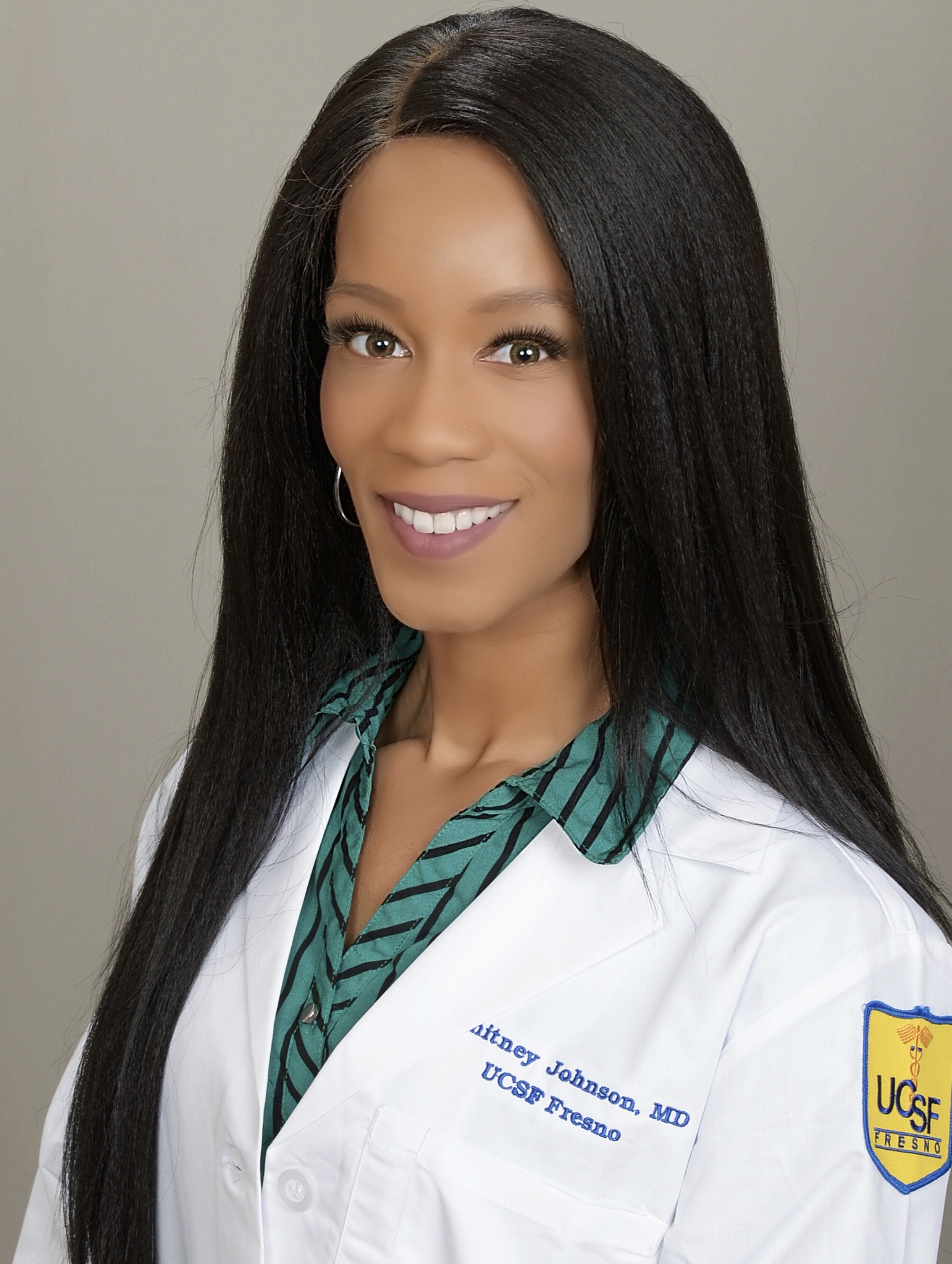 This week’s How I Educate post features Dr. Whitney Johnson, the Director of Education at UHS SoCal Medical Education Consortium. Dr. Johnson spends approximately 50-60% of her shifts with learners which include emergency medicine residents, off-service residents, and medical students. She describes her practice environment as two high-volume community hospitals. Below she shares with us her approach to teaching learners on shift.
This week’s How I Educate post features Dr. Whitney Johnson, the Director of Education at UHS SoCal Medical Education Consortium. Dr. Johnson spends approximately 50-60% of her shifts with learners which include emergency medicine residents, off-service residents, and medical students. She describes her practice environment as two high-volume community hospitals. Below she shares with us her approach to teaching learners on shift.Name 3 words that describe a teaching shift with you.
Cerebral, practical, inquisitive.
What delivery methods do use when teaching on shift?
Open discussion.
What learning theory best describes your approach to teaching?
Deliberate practice primarily, but also aspects of constructivism and socio-constructivism.
What is one thing (if nothing else) that you hope to instill in those you teach?
Individualized care is the best way to serve our patients/communities. We are all working to improve daily and avoid cook book medicine, anchoring bias, and premature closure that can contribute to healthcare disparities.
How do you balance your flow with on-shift teaching? Does this come at the expense of your documentation?
I care a lot about on-shift teaching so that typically means slowing down my own workflow (likely seeing a few fewer patients to focus on the residents’ growth/learning). It definitely comes at the expense of my documentation but I haven’t found a way to improve that yet.
What is your method for reviewing learners’ notes and how do you provide feedback on documentation?
My review is post-shift. Formal feedback is provided by written surveys, but I also try to follow up with the resident the next day or shift if there are significant areas that need improvement.
Do you feel departmental flow and metrics adversely affect teaching? What is your approach to excelling at both?
It can adversely affect teaching because many of these metrics are behind trends in clinical practice and EM literature. My approach is to acknowledge departmental flow and metrics but also review with the resident any of our own growing EM literature that might provide further insight as to where the standard of care and state of practice is moving.
It can be difficult to sit back and let senior learners struggle what is your approach to not taking over prematurely?
This is very hard for me because I don’t want my residents to feel like I’m leaving them hanging but there is also just as much learning in our struggles as there is in our successes. If it does not compromise patient or staff safety I give them a chance to troubleshoot. Residents also have to be humble enough to know their limitations and when they should reach out for help. It’s a balancing act that I’m still working on. The residents I know well and have worked with I have generally grown aware of their limitations and am comfortable waiting for their nonverbal cues of struggle.
Do you start a teaching shift with certain objectives or develop them as a shift unfolds?
I ask the resident what they would like to work on for the given shift and try to look for opportunities to fold that into our day-to-day grind
Do you typically see patients before or after they are presented to you?
For stable patients, I will wait for the resident to present. Any unstable patient or patient an RN has expressed concerns about I will see earlier, often just taking the resident with me
How do you boost morale amongst learners on shift?
I try to encourage clinical autonomy so they feel like the smart physicians they truly are.
How do you provide learners feedback?
Verbal on shift and a more summative written assessment post shift.
What tips would you give a resident or student to excel on their shift?
First, have a goal for each shift for your own personal growth. It will make it more engaging for you as a learner. Second, be a steward of your own education. Don’t expect EM knowledge to be spoon-fed to you by your attendings. Third, don’t be afraid to ask your attending questions about their clinical practice or decisions, in a professional manner. Some residents feel like they have to just order what the attending wants, but know that there is practice variation in our specialty and more than one way to work up a complaint. Consider picking your attending’s brain on what made them choose a given workup or what they saw in the patient that made them change your plan. Bring your own readings and insights into the discussion. Attendings learn from residents just as residents learn from us. Last, have a few go-to resources that you like, and don’t be afraid to pull them up on a shift. No one expects you to remember all the information, but know where to find it on shift.
Are there any resources you use regularly with learners to educate during a shift?
CorePendium!
What are your three favorite topics to teach during a shift?
Post-ROSC care, approach to orthopedic imaging, high yield DDx “worst first”.
What techniques do you employ when teaching on shift?
Deliberate practice primarily.
What is your favorite book or article on teaching?
Who are three other educators you’d like to answer these questions?
Dr. Xian Li, Dr. Jacob Avila, and Dr. Leah Bauer.

Read other How I Educate posts for more tips on how to approach on-shift teaching.
Author information
The post How I Educate Series: Whitney Johnson, MD appeared first on ALiEM.

